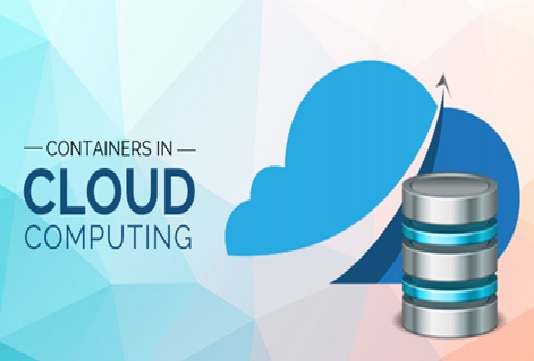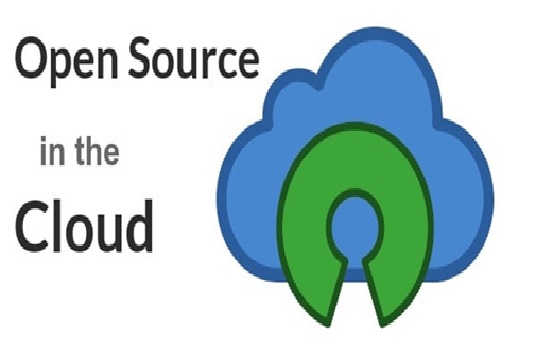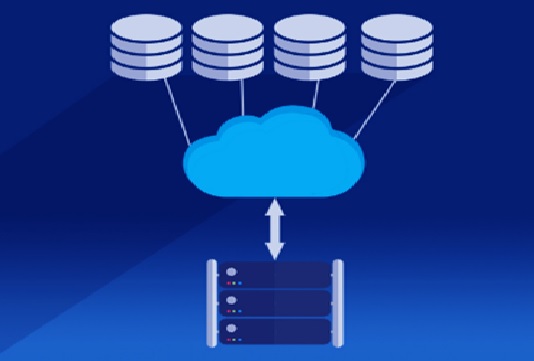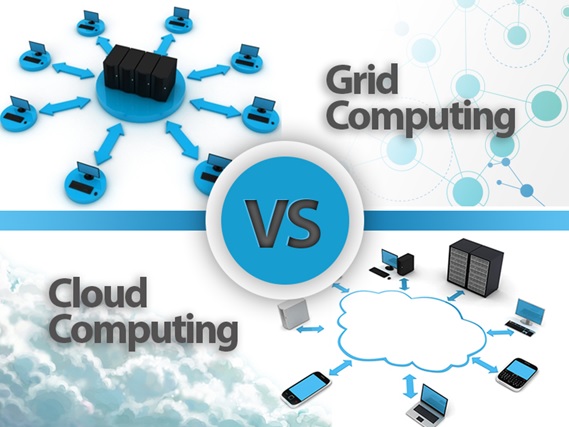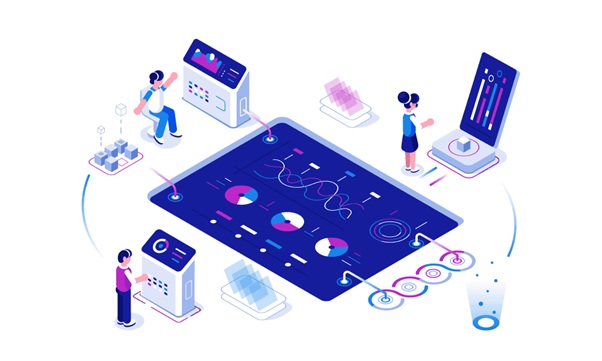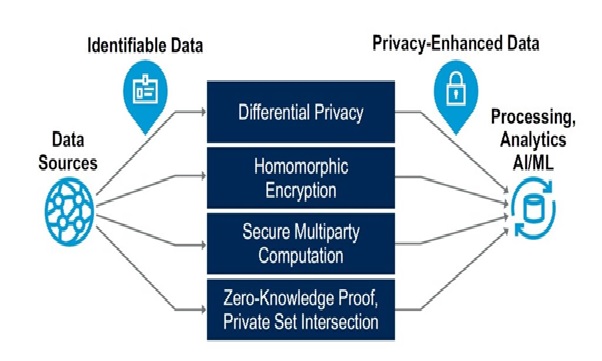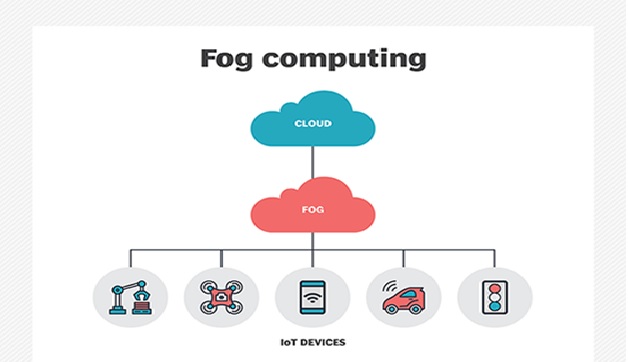The Cloud-Native Platform
The term “cloud native” refers to an approach to building and running applications that takes full advantage [1] of a cloud computing delivery model instead of an on-premises data center. This approach takes the best of what cloud has to offer – scalability, deployability, manageability and limitless on-demand compute power – and applies these principles to software development, combined with CI/CD automation, to radically increase productivity, business agility and cost savings.
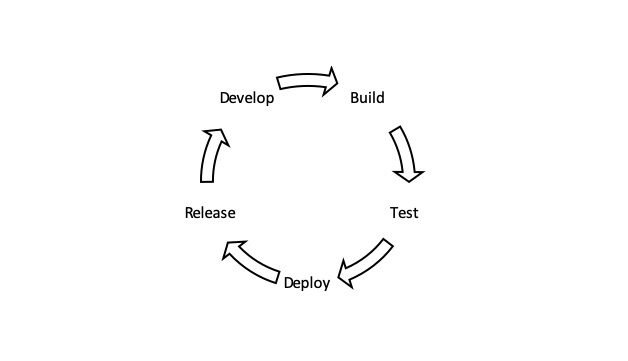
Figure 1. Cloud- Native Platform
Figure 1 shows cloud native architectures are made up of cloud services, such figure1 shown below as containers, serverless security, platform as a service (PaaS) and microservices. These services are loosely coupled, meaning they are not hardwired to any infrastructure components, allowing developers to make changes frequently without affecting other pieces of the application or other team members’ projects – all across technology boundaries, such as public, private and multi-cloud deployments.
The Benefits of Cloud Native Platform
Adaptability
Cloud-native applications can change with the needs of the business without creating dependencies that lock customers into a particular version of the software.
For example, if a company wants to make an application available on mobile devices, it can build the mobile front end and use APIs to access data on the server without modifying any code on the back end. This loose coupling makes it possible to make changes to either application without breaking it.
Scalability
Cloud-native applications use software-defined infrastructure to reduce or eliminate hardware dependency. This approach adds commodity servers for horizontal scalability rather than requiring the addition of more expensive processors, storage, and memory to existing servers. Horizontal scalability is what makes massive cloud services like Amazon and Facebook possible.
Portability
Using containers, developers can write applications that run on everything from a smartphone to a mainframe without changing the code. With the growing popularity of “edge computing,” a distributed processing architecture that pushes automated decisions to the far reaches of the network, it’s ideal to have the ability to deploy applications wherever they’re needed. [2]
Application of Cloud Native Platform
DeVops:
DeVops is the collaboration between software developers and IT operations with the goal of delivering high-quality software that solves customer challenges. DevOps creates a culture and an environment where building, testing, and releasing software happens rapidly, frequently, and more consistently.
Microservices:
is an architectural approach to developing an application as a collection of small services; each service implements business capabilities, runs in its own process, and communicates via HTTP APIs or messaging. Each microservice can be deployed, upgraded, scaled, and restarted independent of other services in the same application, typically as part of an automated system, enabling frequent updates to live applications without impacting customers.[3]
References:
- https://www.paloaltonetworks.com/cyberpedia/what-is-a-cloud-native-security-platform
- https://www.mendix.com/blog/why-cloud-native-applications-are-the-future-of-software/
- https://tanzu.vmware.com/cloud-native
Cite this article:
Thanusri Swetha J (2021), The Cloud-Native Platform, AnaTechMaz, pp. 43




